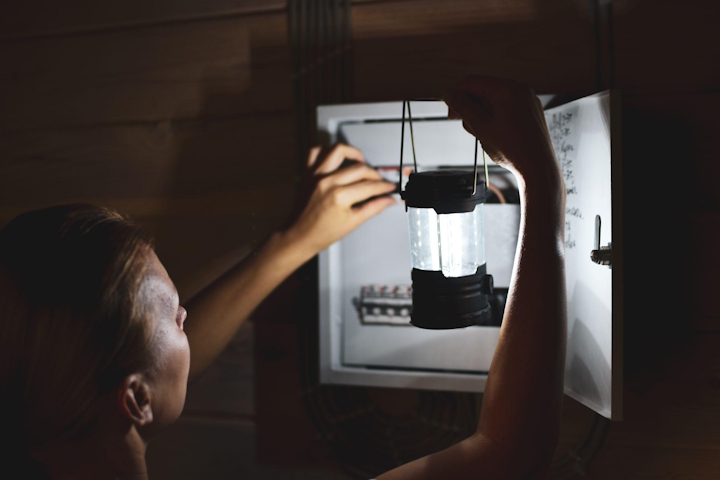
Understanding common electrical issues is crucial for maintaining a safe and functional home. Given the potential risks and damages caused by electrical problems, prioritising electrical safety cannot be overstated. With improper handling, electrical issues may lead to significant hazards, including fires or electrical shocks. It is essential to decide whether to tackle issues as a DIY project or seek professional help, as making the wrong choice can exacerbate the situation. By familiarising oneself with electrical problems and their solutions, homeowners can make informed decisions that uphold safety.
Identifying Faulty Wiring
Faulty electrical wiring is a common issue that, if ignored, can lead to severe consequences. One effective way to identify faulty wiring is by paying attention to telltale signs such as frequent circuit breaker trips, flickering lights, or an odd burning smell. These indicators suggest an underlying problem that requires immediate attention. Faulty wiring poses risks like electrical fires and power surges, compromising the safety of the household.
To inspect your home for faulty wiring without using professional equipment, start by visually inspecting the wires for fraying or exposed metal. However, touching or tampering with wiring without proper knowledge can be dangerous. If there's any doubt about the wiring condition, it is wise to consult a licensed electrician. These professionals have the necessary expertise to thoroughly inspect and address wiring issues.
Troubleshooting Circuit Breaker Problems
Circuit breakers play a crucial role in protecting electrical circuits from damage caused by overloads or short circuits. Recognising the signs of troubled circuit breakers is essential. Frequent trips, the inability to reset, or the circuit breaker feeling hot are clear indicators of problems. These issues can stem from various causes, such as overloads, short circuits, or ground faults.
Addressing circuit breaker trips begins with identifying the cause. It could be as simple as unplugging devices to reduce overload or as complex as needing professional analysis. To reset a tripped circuit breaker safely, first, switch off all connected appliances, then switch the breaker to the 'off' position before turning it back on. Regular maintenance and inspection of circuit breakers are imperative to prevent future issues.
Outlets and Switches Not Working
Outlets and switches often experience failures due to poor connections, wear and tear, or tripped circuit breakers. Troubleshooting these problems starts by checking for tripped breakers or blown fuses. It's also beneficial to use a multimeter to test the outlet or switch for power.
When it becomes necessary to replace a faulty outlet or switch, one must disconnect power at the circuit breaker, unscrew fixtures, and rewire carefully with the correct coloured wires. Using the correct tools, like a voltage tester and insulated screwdriver, along with protective gear like gloves, ensures the process is safe and effective.
Flickering or Dimming Lights
Flickering or dimming lights are often caused by issues such as voltage fluctuations, loose connections, or problems with the light fixture itself. Loose or outdated electrical connections can intermittently disrupt the power supply, leading to inconsistent lighting.
To determine if the flickering or dimming is an isolated incident or more widespread, try several light sockets throughout the house. If the problem extends beyond one location, more comprehensive electrical work might be necessary. Solutions can range from tightening connections to replacing faulty fixtures or voltage stabilisers.
Solving Overloaded Circuits
An overloaded circuit occurs when too much power is drawn from a single circuit, exceeding its capacity. The symptoms include frequent tripping of circuit breakers and flickering lights. Ignoring overloaded electrical systems can lead to increased fire risks or lasting damage to electrical infrastructure.
Preventing overload involves optimising electrical use by distributing power utilisation across multiple circuits and switching off appliances when not in use. Homeowners should consider upgrading their electrical panel if they consistently experience overloads, as this provides more capacity and reduces risks associated with overloading.
Conclusion
Addressing electrical issues promptly is vital for the safety and efficiency of any home. While some problems may be resolved using simple troubleshooting techniques, serious concerns should always be handled by qualified professionals. Homeowners should maintain safety by conducting regular checks and adjustments to their electrical systems. Staying informed about potential electrical issues ensures the household stays secure and functional. For those in Hornsby looking for reliable electrical solutions, seeking quality electrical supplies in Hornsby contributes to optimising home power systems safely and efficiently.
| < Prev | Next > |
|---|





